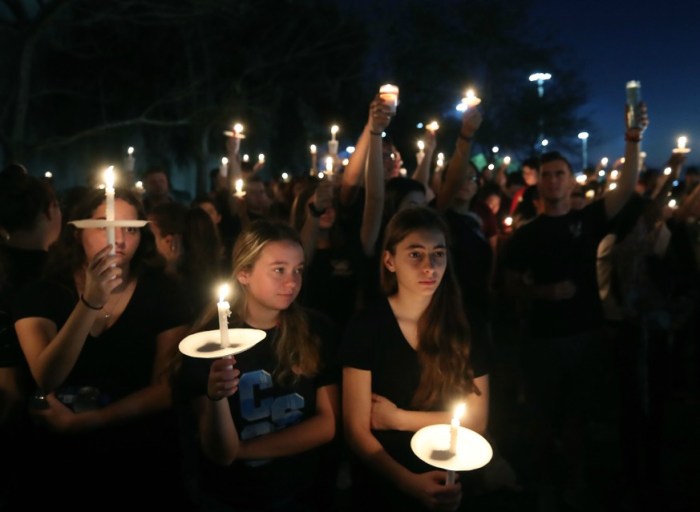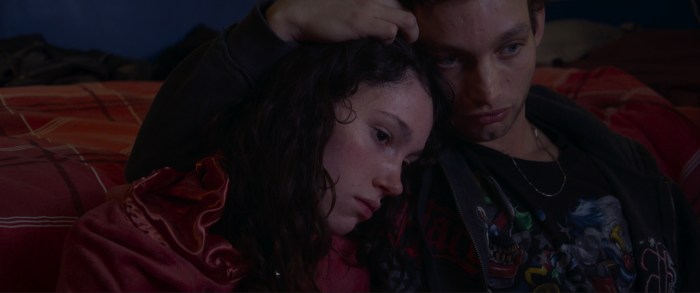It may still be winter, but springing ahead is not as far away as it sounds.
During 2017, daylight saving time is in effect from Sunday, March 12 at 2 a.m. (local time) to Sunday, Nov. 5 at 2 a.m. (local time).
Formally introduced in the U.S. in 1918, according to nist.gov, daylight saving is now observed by the entire country and its territories with the exception of Hawaii, American Samoa, Guam, Puerto Rico, the Virgin Islands and the state of Arizona (with the exception of the Navajo Indian Reservation). RELATED:6 gadgets that will make you sleep like a baby In 2007, the Energy Policy Act of 2005 extended the length of DST by about one month “in the interest of reducing energy consumption,” according to nist.gov. But Congress can still “revert to the prior law should the change prove unpopular or if energy savings are not significant.” Currently, in the U.S., daylight saving begins at 2:00 a.m. on the second Sunday of March and ends at 2:00 a.m. on the first Sunday of November.
When the clocks spring ahead for most of the country in March, we’ll enjoy an extra hour of daylight in the evening.
But we’ll also lose an extra hour of sleep.
Though an hour difference in sleep doesn’t sound like much, it can take a toll on our physical and mental health.
RELATED: Tips on surviving daylight saving time from a sleep expert “It’s more than losing an hour,” Pete Bils, vice president of sleep innovation and clinical research at Sleep Number previously told Metro. “If you actually set the table and look at the time frame of daylight saving time it’s kind of setting up a perfect storm of sleep problems. We’re just not well slept to begin with. So now we’re going to rob another hour this weekend. That’s going to put a lot of the people into the danger zone.” Bils’ advice:
Slowly introduce earlier bedtimes through the week;
restrict TV, computer and mobile screen use before bedtime,
avoid any caffeine after noon;
and try tricking your family by winding the clocks ahead before you need to.
Daylight saving time 2017: When do I change the clocks?

Pexels





















